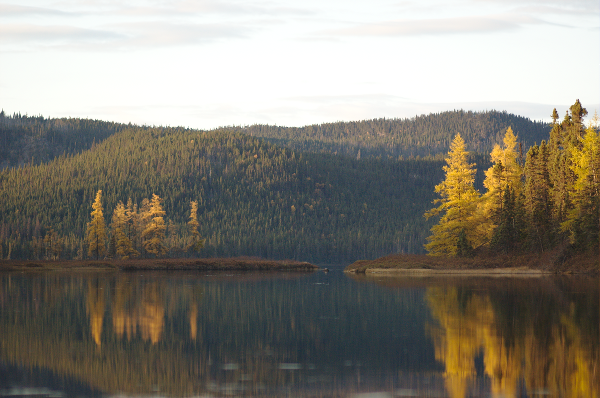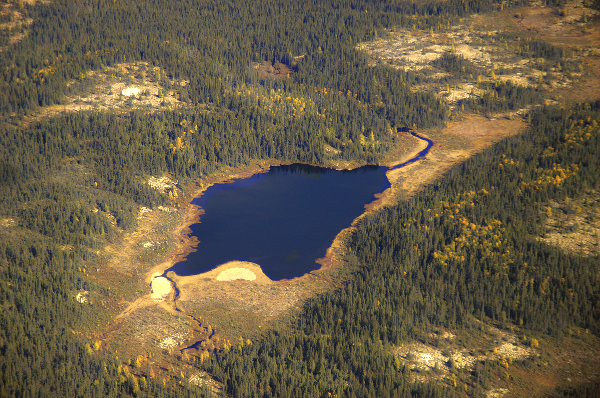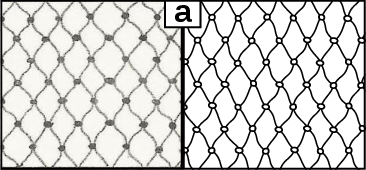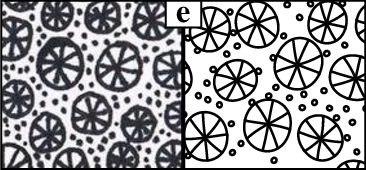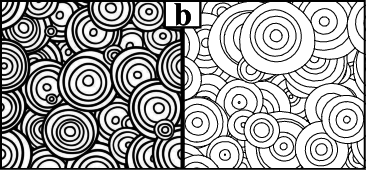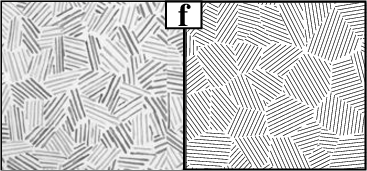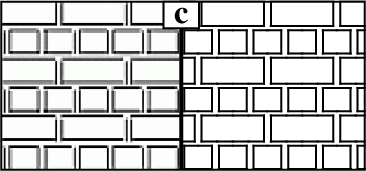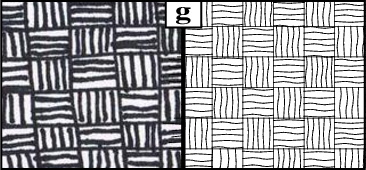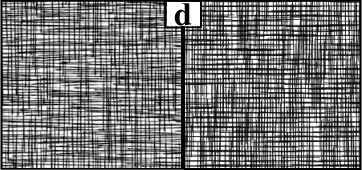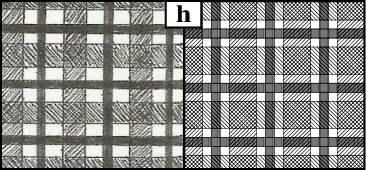Section: New Results
Image creation and editing
Programmable 2D Arrangements for Element Texture Design
Participants : Hugo Loi, Thomas Hurtut, Romain Vergne, Joëlle Thollot [contact] .
We introduce a programmable method for designing stationary 2D arrangements for element textures, namely textures made of small geometric elements. These textures are ubiquitous in numerous applications of computer-aided illustration. Previous methods, whether they be example-based or layout-based, lack control and can produce a limited range of possible arrangements. Our approach targets technical artists who will design an arrangement by writing a script. These scripts are using three types of operators: partitioning operators for defining the broad-scale organization of the arrangement, mapping operators for controlling the local organization of elements, and merging operators for mixing different arrangements. These operators are designed so as to guarantee a stationary result meaning that the produced arrangements will always be repetitive. We show (see Figure 10 ) that this simple set of operators is sufficient to reach a much broader variety of arrangements than previous methods. Editing the script leads to predictable changes in the synthesized arrangement, which allows an easy iterative design of complex structures. Finally, our operator set is extensible and can be adapted to application-dependent needs.
Color transfer guided by summary statistics
Participants : Benoît Arbelot, Romain Vergne [contact] , Thomas Hurtut, Joëlle Thollot.
Modifying the colors of an image is an attractive way to edit its ambiance and mood. In practice, manually and directly tuning the color distribution of an image is challenging and tedious. Color transfer methods offer an intuitive alternative by automatically changing an image colors according to a target image. Existing transfer methods mostly rely on global matching processes to reshape and map the color histogram of the source image as close as possible to the target histogram. However, they offer no control over where the colors of the target will be transferred in the source image: they only tend to match colors that have similar intensities and chromaticities. This can lead to unexpected results, especially when some elements do not have the same colors in the two images, but share similar features. In this work, we propose to implicitly segment input images before transferring colors. Instead of relying on colors only, we use a summary of statistics to describe the underlying texture properties of each pixel. This provides a measure of pixel similarity which is then used to guide and ensure the transfer to be done between similar features (see Figure reffig:color for a preliminary result).
|
|




